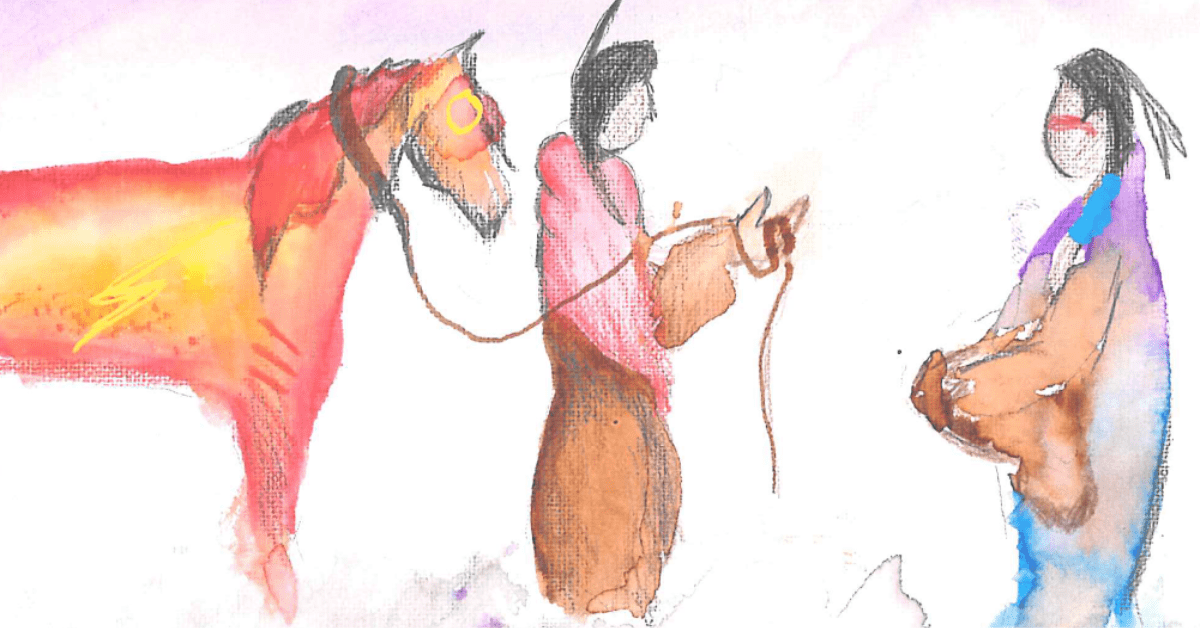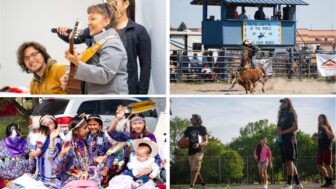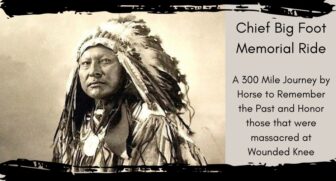This time of year remains an important moment for communities to gather, reflect, and honor traditions in ways that feel authentic and meaningful.
As we enter this season of gratitude, it is also a time to acknowledge that the commonly told story of “Thanksgiving” is more myth than history. For many Native peoples, this season can bring reminders of both the profound resilience of their communities and the lasting impacts of colonization. At Running Strong for American Indian Youth, we are committed to sharing accurate stories, doing meaningful work, and honoring the Native communities we serve.
Did you know?
The widely circulated “First Thanksgiving” narrative has been challenged and often disproven by Indigenous peoples and academic scholars.
Fact Sheet:
- Many recorded days of thanksgiving occurred in the Americas long before 1621, including events in Florida (1565), Maine (1607), and Jamestown (1610).
- Most foods associated with today’s “traditional” Thanksgiving table were not present in 1621. Turkey was not mentioned in any firsthand accounts, and it would not have been easily hunted by Pilgrims using their available weapons. Pies requiring butter and wheat flour were not possible, and staples like pecans and sweet potatoes became common only in later southern celebrations during the 19th century.
- Thanksgiving was first declared a national observance in 1789 by George Washington, but he did not intend it to become an annual holiday, and he did not link it to the 1621 event.
- The 1621 gathering was not referred to as the “First Thanksgiving” until the 1830s, when descendants of Plymouth colonists began promoting their ancestors as foundational figures in American history.
- The Thanksgiving story as we commonly know it was largely popularized by 19th-century fiction writers, rather than by historical evidence.
- In 1970, Native American advocacy groups organized the first National Day of Mourning held on Thanksgiving Day to draw attention to the real impacts of colonization on Indigenous communities in the United States.
- Today, scholars and educators continue working to correct the historical record and teach a more accurate understanding of early New England history.
While many Native Americans and allies choose not to celebrate the mythologized version of Thanksgiving, others still use this season as a chance to gather with friends, family, and community to share food, honor the harvest, remember the past, and enter the year’s end with gratitude. As we move through this time together, we hold space for the complexity of this holiday and celebrate the strength, endurance, and ongoing cultural vibrancy of Native communities.
At Running Strong for American Indian Youth, we choose to mark this day by giving thanks to you each and every one of our supporters. Because of your contributions, we have been able to touch the lives of thousands of Native youth and their families: ensuring access to clean water, supporting students from their first day of school to graduation, protecting languages and cultural traditions, uplifting new mothers, helping entrepreneurs launch small businesses, and keeping families nourished and hopeful.
As we pause this week to be with our own families, we take time to extend our gratitude to our Running Strong family, who makes this work possible.
To our donors, supporters, program partners, and the communities we serve…
From all of us at Running Strong: Thank you.





